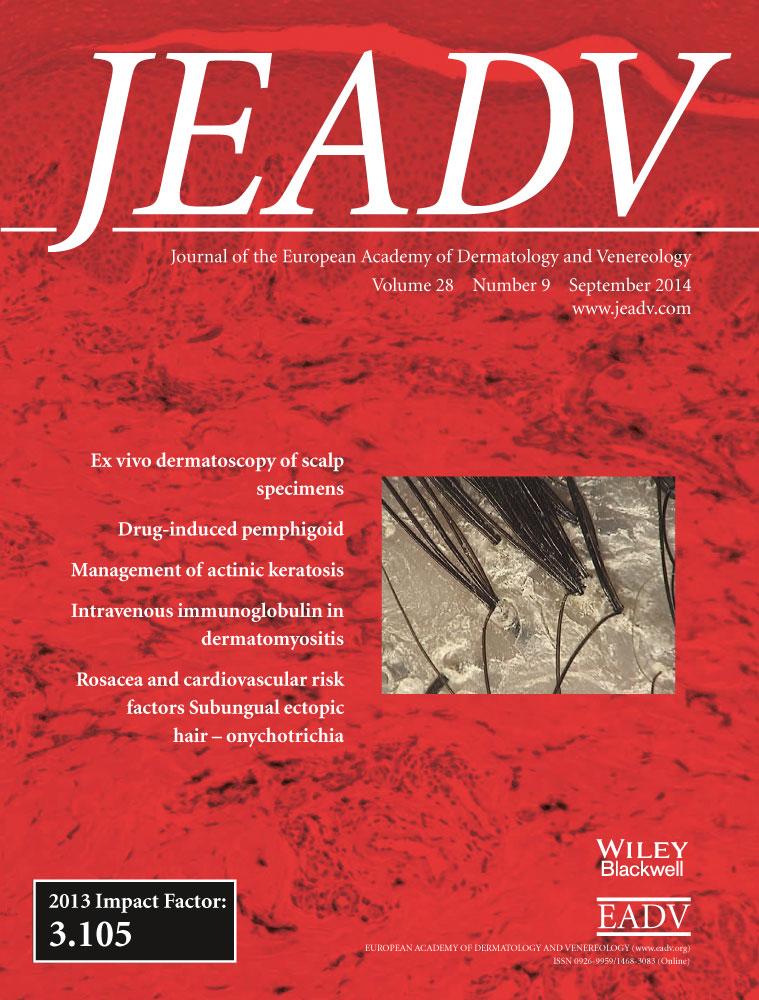Leg ulcers in patients with β-thalassaemia intermedia: a single centre's experience
Conflicts of interest
The authors have no conflicts of interest to disclose.Funding sources
Dr. Taher receives research funding and speaker's honoraria from Novartis.Abstract
Background
Leg ulcers in β-thalassaemia intermedia (TI) patients are a relatively common occurrence that have an 8% prevalence. Both the pathophysiology and treatment of this condition have not been well-elucidated. This is mainly because of the rarity of the disease and the lack of well-structured studies. The goal of this study was to better explore the risk factors for the development of this condition along with the treatment options available.
Methods
We present 11 such cases that have occurred in 6 β-TI patients over the course of 19 years who are followed up at the Chronic Care Center of Lebanon.
Results
Our patient population comprised three men and three women aged between 25 and 58, most of whom had iron overload and with an average lifetime haemoglobin ranging between 49 g/L and 77 g/L. Most of the patients were treated with blood transfusions with varying degrees of success. Nonetheless, some received Hydroxyurea, granulocyte macrophage colony-stimulating factor (GM-CSF) or topical antibiotics.
Conclusion
Our results show that chelation therapy, hydroxyurea use and blood transfusions are beneficial in the treatment of this condition. Whether foetal haemoglobin is directly related to the development of the ulcers is not clear based on our results. Larger studies are needed to better explore the risk factors that predispose patients to this condition.




